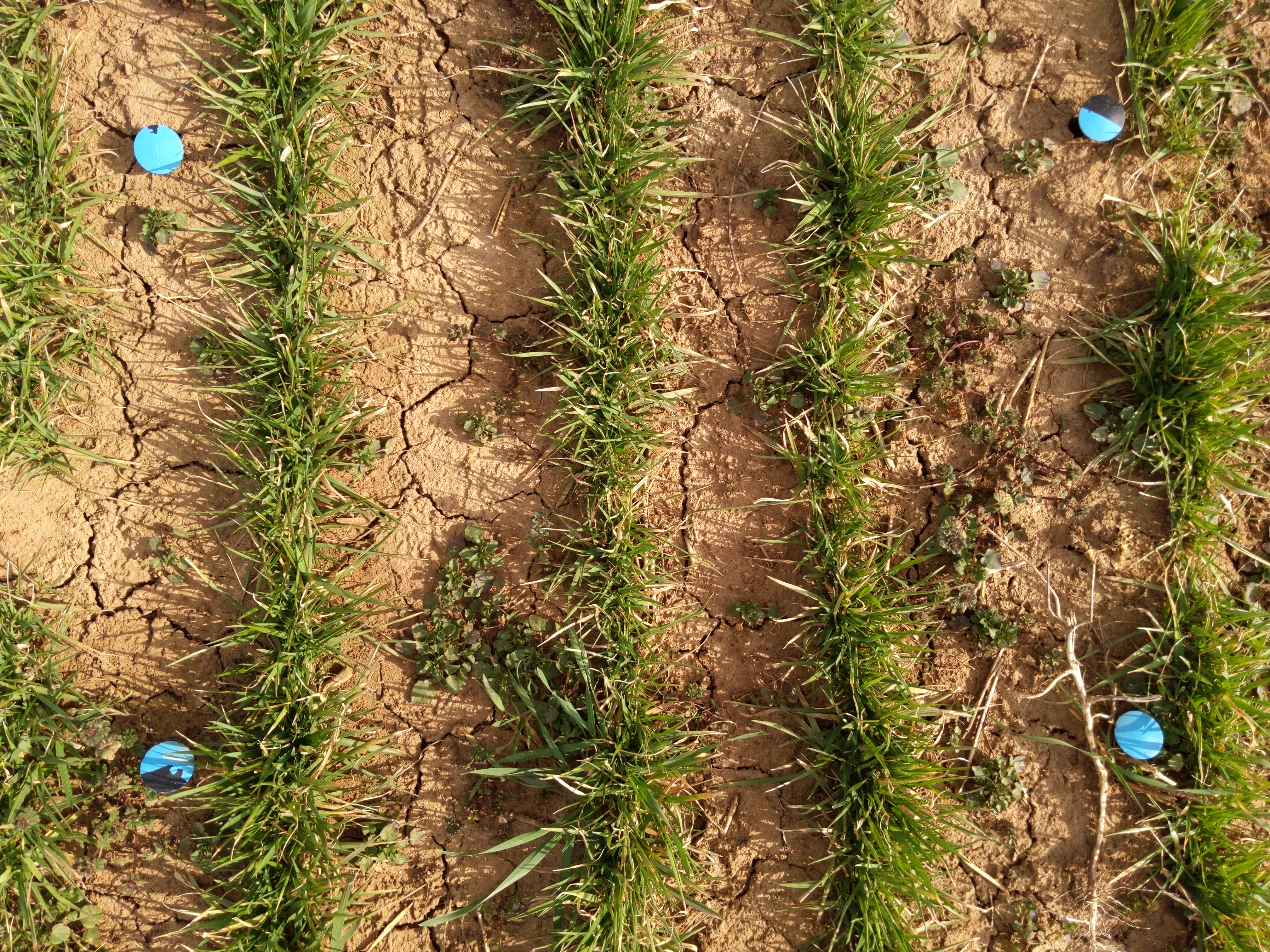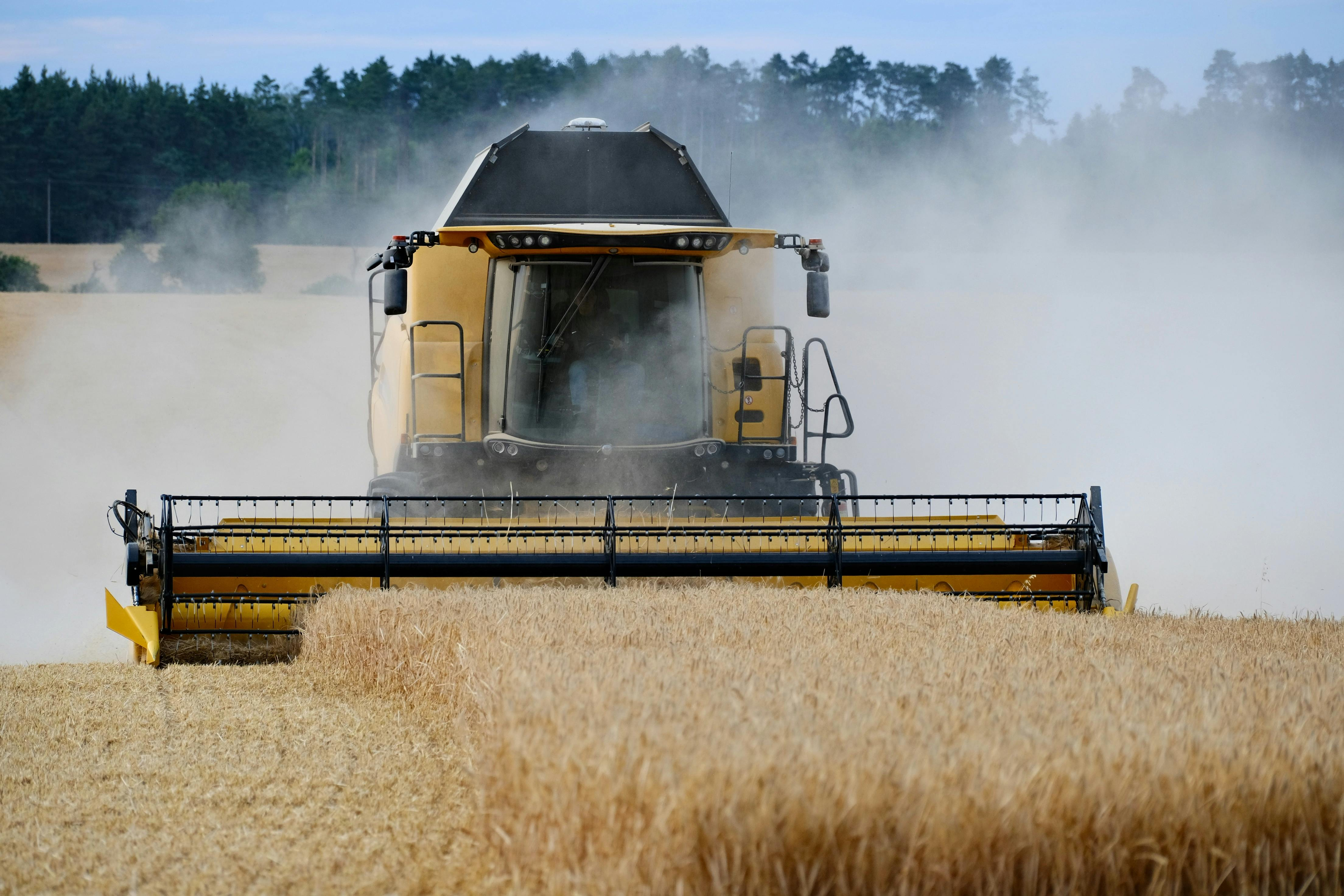Abstract
The increasing global demand for meat – and, therefore, animal feed – drives multiple environmental challenges. Mitigating the environmental consequences of the intensive livestock and crop production systems in the Midwestern United States requires multiple innovative approaches. This dissertation explores several such approaches relevant to food production, bioenergy generation, and cropping systems. Four interrelated chapters investigate the challenges and potentials associated with cultured meat (CM), anaerobic digestion (AD), and cover cropping in the United States agricultural landscape.
After an introduction to the agricultural system in the region in chapter one, the second chapter investigates the potential of CM as an alternative to conventional meat production. Using literature parameter values, the study assesses CM’s protein and calorie use efficiencies by comparing existing literature to feed conversion ratios, areal productivities, and nitrogen management in traditional meat production systems. The findings reveal that CM has superiorprotein and energy areal productivities but highlight the impact of nitrogen management on process sustainability.
The third chapter investigates the low deployment of anaerobic digestion systems in swine farms despite their potential benefits in reducing greenhouse gas emissions and providing renewable energy. To do so, the study explores the economics of AD systems, considering factors such as biogas upgrading to renewable natural gas quality, natural gas grid injection, and centralized digesters shared across multiple farms. The analysis indicates that while distributed, farm-scale digesters struggle to compete with average natural gas prices, a centralized production scenario involving four typically sized swine operations becomes economically viable with the support of low-carbon and renewable fuel incentive programs. The historical variations in these incentive programs are also discussed.
The fourth and fifth chapters focus on the large-scale intensive crop agricultural production system in the Corn Belt and approaches to ameliorating its negative impacts on soil and water quality. The fourth chapter focuses on the results of a three-year field study in the U.S. state of Iowa comparing the corn yield and subsurface drainage water quality impacts of a perennial groundcover (PGC) cover cropping system compared to annual cover cropping and conventional corn production. In the final chapter, we introduce a framework for a multi-criteria decision analysis (MCDA) model that provides a systematic approach to understanding the decision-making process of farmers considering cover cropping. This MCDA model provides insight into the many complex and often conflicting objectives inherent in agricultural decision making, with farmers balancing risk, economics, labor and time conflicts, and environmental goals. In combining these diverse but interconnected studies, this dissertation offers insights into the challenges and opportunities of cultured meat, anaerobic digestion, and novel approaches to cover cropping and provides a comprehensive perspective on the complex dynamics of modern agricultural systems.
Agriculture faces the challenge of enhancing productivity while mitigating environmental impacts to feed an increasing global population with a growing appetite for animal proteins (Henchion et al., 2017; OECD/FAO, 2021). The agricultural production system of the Midwestern region of the United States known as the Corn Belt plays a crucial role in the global food, feed, and energy system. The region’s favorable climate and fertile soils have led to its transformation from grassland, prairie, forest, and wetlands to intensive row crop production (Bultena et al., 1996; Hart, 1986). In response to new agricultural technologies with significant economies of scale, market structure, and policy reinforcement, the once diverse landscape is now dominated by large farms producing just corn (Zea mays L.) and/or soybeans (Glycine max L.), interspersed with concentrated livestock operations (Hart & Mayda, 1998; Mortensen & Smith, 2020; Naylor et al., 2005). Highly productive, the region produces over 33% of the world’s corn and 34% of the world’s soybeans, which are utilized as inputs for food, biofuel, and animal feed products (Wang et al., 2020). The Corn Belt also accounts for a significant portion of the country’s livestock and poultry products, produced in increasingly high-density operations. The crop and livestock production sectors of the region are intertwined, with the crops providing feed necessary for the animals and animal manure used as a crop fertilizer, providing portions of the nitrogen and phosphorus required for crop growth (Andersen & Pepple, 2017; Pudenz & Schulz, 2022). The transformation of the Corn Belt to highly specialized, large farms has led to significant productivity increases and lower food prices for consumers (Leitschuh et al., 2022; Macdonald & McBride, 2009).
While efficiency has increased, this intensification and specialization of crop and livestock production has significant environmental drawbacks (Sulc & Tracy, 2007). The practice of leaving fields fallow between row crop growing seasons results in bare soil, susceptible to soil erosion and nutrient losses. The widespread implementation of subsurface (“tile”) drainage further facilitates nutrient leaching by providing a path for excess nutrients to be discharged directly into surface waters. Such agricultural runoff is the main contributor to excess nitrogen and phosphorus in many aquatic ecosystems and has detrimental effects on ecosystem and human health locally and in downstream communities (Goolsby, 2000; Ward et al., 2018). The shift toward monoculture farming practices significantly reduced total biodiversity in the region and has severely degraded soil quality over time (Bultena et al., 1996; Huggins et al., 1998; Thaler et al., 2021).
High-density livestock production further enhances nutrient management difficulties as the concentration of manure may outsize the local cropland available for its application. Excess or ill-timed manure application can result in nutrient export. When manure is stored until it is conditions are suitable for land application, its decomposition can result in the emission of methane (CH4), a greenhouse gas with 28 times the 100-year warming potential of carbon dioxide (CO2) (Andersen et al., 2015; Myhre et al., 2013). Manure storage is estimated to account for 8% of U.S. CH4 emissions (EPA, 2023).
Dissertation Chapters Overview
Many innovative solutions have been proposed to address these well-established challenges facing the Midwestern agricultural system. Among them are the three distinct solutions explored in this dissertation: cultured meat, anaerobic digestion, and cover cropping.
Chapter two of this dissertation explores cultured meat (CM), which involves the in vitro culturing of animal cells for human consumption (Langelaan et al., 2010). This method is purported to be more efficient than traditional meat production methods involving animals, potentially reducing negative environmental impacts and addressing animal welfare concerns associated with livestock farming. However, despite significant investments, CM producers face several significant barriers, including the high cost of culture media, substantial capital requirements, regulatory challenges, and limited consumer acceptance (Post et al., 2020). Transitioning from traditional animal meat production to CM would be a substantial shift for the Midwest. Unlike current practices where meat is often produced in close proximity to feed crop sources, CM facilities would likely be located near population centers. As a result, the logistical challenge of recycling waste products from meat production back to the croplands used for feed production would be significant as distance increases between production and agricultural areas. In Chapter two, we explore the nutrient cycling implications of CM and discuss the potential financial burdens associated with nutrient management in this system.
The third chapter of this dissertation explores the cost of anaerobic digestion (AD) of swine manure and corn stover, two highly available agricultural residues in the Corn Belt. The biogas produced via AD of swine manure and corn stover can be utilized on-farm to provide energy or upgraded to renewable natural gas quality and injected into the natural gas grid (AgSTAR, 2022). Anaerobic digestion on livestock farms is not new, but the economics are challenging and have resulted in high rates of digester abandonment (Lusk, 1998). In this chapter, we explore the economics of different configurations of swine farm AD systems considering the current carbon credit landscape.
The fourth and fifth chapters of this dissertation center on cover cropping, a farming practice involving the incorporation of plants other than the main cash crop into crop rotations to prolong soil cover in annual cropping systems. Cover cropping is widely recognized for its capacity to reduce soil erosion, enhance soil quality, and improve water quality. Despite these benefits, the adoption of cover cropping in the region remains low, with farmers citing costs, yield risks, and management complexities as deterrents (Myers & Wilson, 2023). The perennial groundcover (PGC) system proposes the use of complementary perennial cover crops planted between rows of the cash crop, providing year-round soil cover and environmental benefits (Moore et al., 2019). In the fourth chapter, we present the findings of a three-year field study in the U.S. state of Iowa comparing the yield and subsurface water quality impacts of the PGC system with those of annual cover cropping and conventional corn production. In the fifth chapter, we use a multi-criteria decision analysis (MCDA) approach to evaluate various cover cropping options, highlighting the limitations of the conventional annual winter cover cropping method and the potential advantages of the PGC system.
Funding:
The research presented in this dissertation was funded in part by several sources, including: The National Science Foundation Research Traineeship DataFEWSion at Iowa State University under Grant No. DGE-1828942, the Iowa Nutrient Research Center under Grant No. 2020-06, the RegenPGC project through the Agriculture and Food Research Initiative Competitive Grant no. 2021-68012-35923 from the USDA National Institute of Food and Agriculture, and the National Science Foundation under Grant No. 1739551. Any opinions, findings, and conclusions or recommendations expressed in this material are those of the author(s) and do not necessarily reflect the views of any of the funding agencies.



